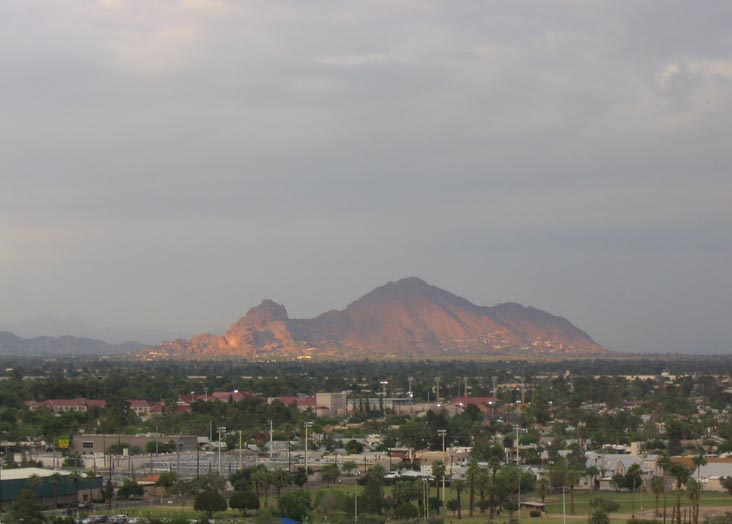On Latest Release of Subversion 1,4
Subversion 1.4, the popular open-source version control system, was released today. For the technically minded, Subversion can be described as a compelling replacement for CVS released under an Apache/BSD-style open source license. For the not so technically-minded, it is simply a tool allowing multiple developers to work without conflict on a single "repository" of files, tracking and comparing each other's changes, allowing rollbacks when errors occur.
The not so technically-minded may also feel some empathy with the manner in which I actually use Subversion. Let's just say that in the great hierarchy of computer programming language developers--a subject so ego-buisingly sensitive it is normally not spoken out loud--were we cooking a meal I would be the one who brought the ranch sauce! ("I picked it up on the way...")
It may then seem a little hard to believe that I did computer science when I was at university. Many years ago now mind you, and only a single paper, in which I was the student who had the distinction of being one of the very few not to miserably fail or pass with stunning grades.
There was a running joke in the computer science department about the bell-curve formed by the first-year grades. It wasn't so much a curve but a two-humped camel, with almost no-one in-between. Of course there were many other jokes--mostly told by my fellow travelers in the arts and humanities departments about the people who actually did computer science...
While with the benefit of hindsight I can say that continuing in this particular pointy-headed academic direction may have been of assistance in my current web-development occupation, it meant a rather large change in direction at the time, and even despite this untraveled path things seem to have worked themselves out just fine. I now actually making a living from doing something--web development and design--which I never even studied.
To the hardcore this may be little short of an admission of massive technical inferiority. Back on topic, I am not only the one who buys my dinner condiments at the supermarket, but in regards to the just-updated Subversion I actually use a client to do the work for me--push a single shiny "GUI" button and relax as my changes are committed, as opposed to command-line Unix sophistication. Partial admisson of failure ahead: I did spend several hours learning the necessary Unix/subversion syntax to be able to do this, but being my first foray into the dreaded "Terminal", the abbreviated wizard-like incantations of code failed to stick. Perhaps I will try again--when I get the time to stop doing my tasks long enough to actually learn how to do them!
The truth of it is that I have a serious credibility gap as a computer language developer or system administrator. I know enough to impress people with little or no knowledge--but honesty tells me that I would be in their shoes next to an actual developer of ability.
For now that's fine by me. And by way of truce I will promise to reserve judgement on the design abilities of the coding-hardcore.
John Gillespie [http://www.srichinmoycentre.org/Members/john_gillespie/blog] is a designer, web developer and video editor who lives in Auckland, New Zealand. A member of the Sri Chinmoy Centre, [http://www.vasudevaservice.com/sri_chinmoy/sri_chinmoy_centre] he uses his practice of meditation as a source of energy and inspiration for his many creative activities. Published in numerous magazines and newspapers, John has worked at different times as a designer, production manager and columnist for a number of publications.
Article Source: http://EzineArticles.com/?expert=John_Paul_Gillespie







